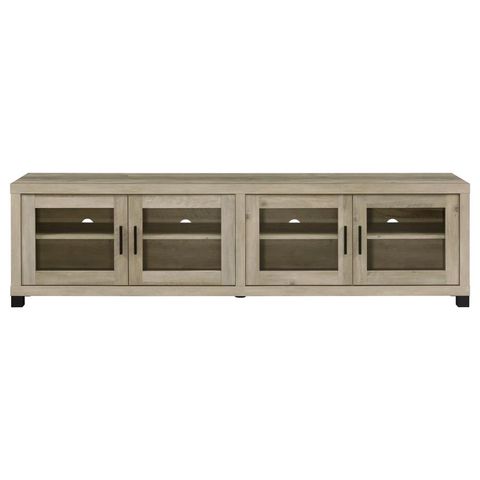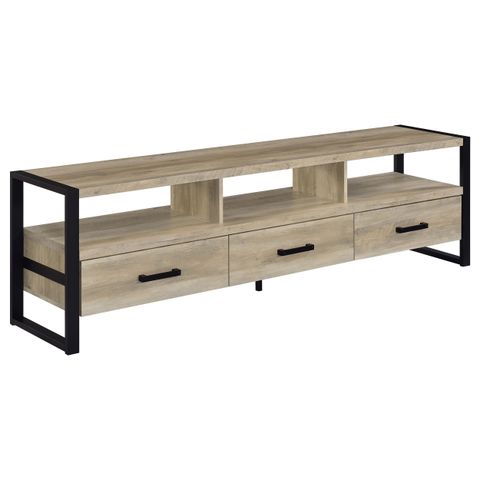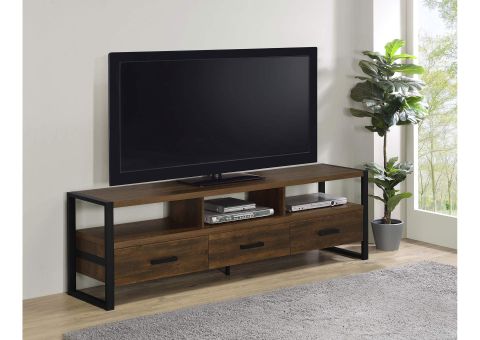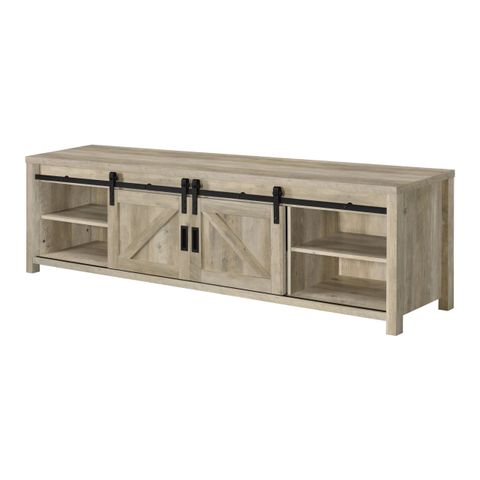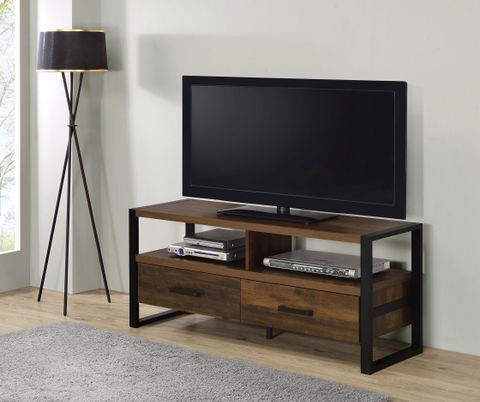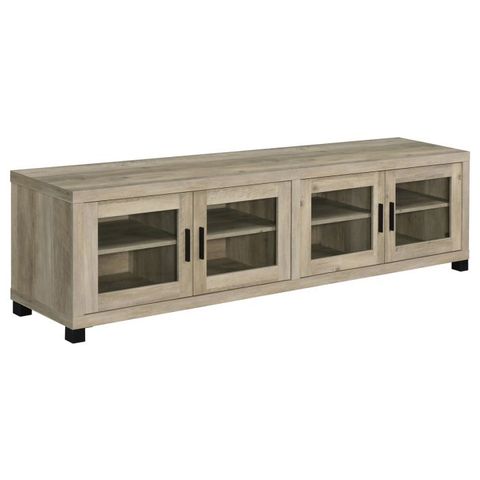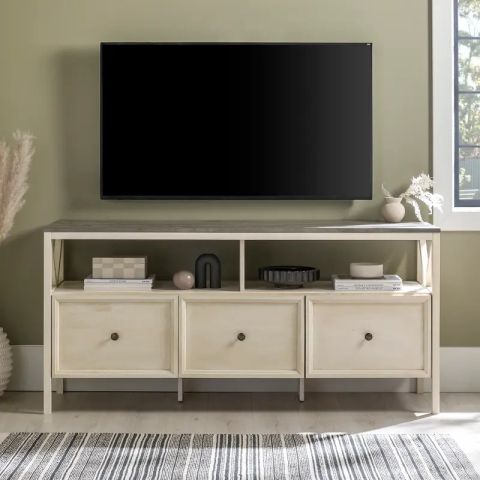There’s something deeply appealing about furniture that tells a story. The weathered look, the subtle imperfections, the gentle wear that speaks to time and use. Distressed finish pieces have become the cornerstone of modern interior design, offering a warmth and character that mass-produced items simply cannot match. But here’s the thing – when you bring these pieces into your space, they need to work together, not compete with each other.
When you think about creating visual balance in your home, you probably picture perfectly symmetrical rooms or carefully measured arrangements. But what happens when you want to incorporate those charming, slightly worn pieces that add personality and soul to your space? Distressed furniture brings its own unique energy to any room, and understanding how to balance it properly can transform your entire aesthetic. These pieces don’t just sit there – they tell stories, create focal points, and establish the rhythm that makes a room feel lived-in and loved rather than sterile and staged.
Understanding Distressed Finish Characteristics
Distressed furniture isn’t just about looking old or worn. It’s about capturing the essence of time spent in a space, the gentle patina that develops through daily use, and the beautiful imperfections that make each piece unique. Think of the way a well-loved wooden table develops tiny scratches and dents, or how a vintage chair’s upholstery shows signs of comfort and use. These characteristics aren’t flaws – they’re features that give pieces character and charm.
The key to working with distressed finishes lies in recognizing their natural variations. Some pieces might have visible paint chips, while others show raw wood grain through worn areas. Some may have subtle fading, while others display more pronounced age marks. Understanding these differences helps you select pieces that complement rather than clash with one another.
Color Harmony and Contrasting Elements
One of the most important aspects of balancing distressed furniture is considering how colors interact within your space. Distressed pieces often feature muted tones – soft browns, warm grays, or earthy beiges that naturally blend with most color schemes. But don’t assume all distressed items will work together automatically.
Take a moment to examine the undertones in your pieces. A piece that looks brown might actually have warm red undertones, while another might lean toward cool gray. When you group pieces with similar undertones, they create a cohesive look even if they vary in shade. Consider using a color wheel to identify complementary colors that will enhance rather than compete with your distressed elements.
Sometimes the magic happens when you contrast distressed pieces with cleaner, more modern elements. A rustic distressed dining table paired with sleek contemporary chairs creates visual interest through opposition. The contrast draws attention to both elements and prevents either from overwhelming the others.
Scale and Proportion Considerations
The size of your distressed furniture pieces matters more than you might think. When pieces are too large for a room, they can dominate and make the space feel cramped. When they’re too small, they get lost and fail to make an impact. Finding the right scale is like finding the perfect balance between speaking up and listening quietly in a conversation.
Consider the relationship between different pieces. A large distressed sideboard might be the star of your living room, but it needs appropriate support pieces to avoid looking lonely or overpowered. Smaller distressed accent tables or decorative items can provide balance and prevent any single element from taking over the visual weight of the room.
Think about how pieces relate to the room’s proportions. In a high-ceilinged space, larger distressed pieces can create a sense of groundedness. In a smaller room, lighter, more delicate distressed elements might be more appropriate to avoid making the space feel heavy or oppressive.
Texture and Visual Weight Distribution
Distressed furniture brings texture to a room in ways that smooth surfaces simply cannot. The roughness of weathered wood, the softness of aged fabric, the gentle irregularities of painted surfaces – these tactile qualities add depth and interest to your space. But texture alone isn’t enough to create balance.
Visual weight refers to how much attention a piece commands. Heavy, dark, or large pieces tend to have more visual weight than light, small, or bright items. When arranging your distressed furniture, consider how this weight distributes throughout the room. You don’t want one area to feel heavier than others.
A good rule of thumb is to distribute visual weight evenly. If you have a large, dark distressed dresser in one corner, balance it with a lighter, smaller distressed item in another corner. This creates equilibrium and prevents any one area from feeling too heavy or too light.
Strategic Placement and Focal Points
Every room needs a focal point, and distressed furniture offers excellent opportunities to create these areas of interest. However, placing these pieces too prominently can create visual chaos if not done thoughtfully. The key is to let the distressed elements guide the eye around the room rather than forcing it to focus on one particular spot.
Consider how your eye moves through the space. Where do you naturally look first? How does that path continue through the room? Distressed pieces should enhance this natural flow rather than interrupt it. A distressed console table can serve as a transition piece between two areas, while a vintage distressed chair can anchor a conversation area.
Sometimes less is more. Don’t overcrowd a room with multiple distressed pieces. Choose one or two statement pieces and build around them. Let the rest of your furniture complement rather than compete with the distressed elements.
Lighting and Ambient Considerations
Lighting plays a crucial role in how distressed furniture appears and feels in a room. Natural light changes throughout the day, affecting how colors and textures show up. Artificial lighting can either highlight the beauty of distressed finishes or wash them out entirely.
Pay attention to how different light sources affect your pieces. A distressed wooden table might appear rich and warm under warm incandescent lighting, but flat and gray under harsh fluorescent lights. The right lighting can make the subtle details in distressed finishes pop, while poor lighting can hide their charm.
Consider layering your lighting. Use ambient light to provide overall illumination, task lighting for specific activities, and accent lighting to highlight your distressed pieces. A well-placed lamp or sconce can draw attention to the beautiful imperfections in your distressed furniture while providing functional light for the room.
Creating visual balance with distressed finish furniture isn’t about following rigid rules – it’s about developing an eye for how different elements work together to create a harmonious whole. These pieces bring character and soul to any space, but they require thoughtful consideration to ensure they enhance rather than overwhelm your environment. Remember that balance comes from understanding the relationships between colors, sizes, textures, and placement. When you approach distressed furniture with intentionality and attention to detail, these beautiful, weathered pieces become the heart of your room’s personality. The key is to let them tell their stories while serving the overall aesthetic of your space. After all, the best design solutions are often the ones that feel effortless and natural, not forced or artificial.

